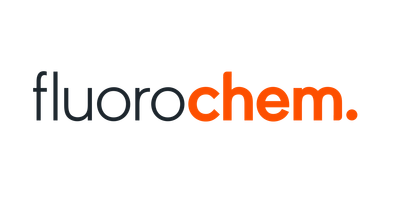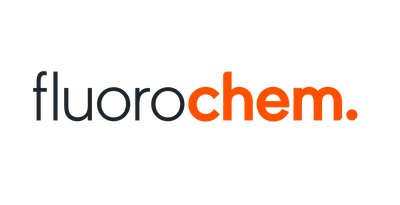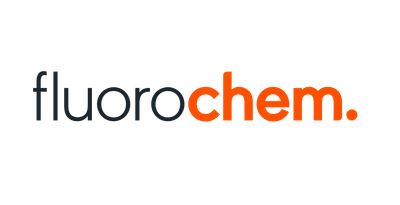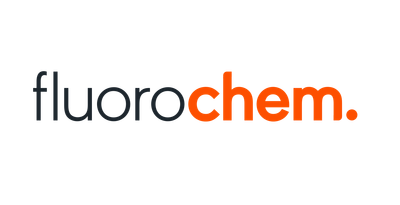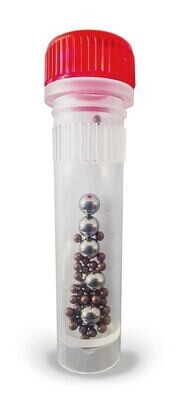Tin(II) chloride, anhydrous 97+% 100 g
SKU 007516-1
€ 40,50
In stock
1
Save this product for later
Tin(II) chloride, anhydrous 97+% 100 g
Product Details
CAS number: 7772-99-8
Chemical formulas: SnCl2/ F.W. 189.60/ m.p. 246.8
Cation: Sn
Packaging: 100 g
EAN: 8721028255761
Brand: Laboratoriumdiscounter
Tin(II) chloride, anhydrous, is a versatile chemical compound used in various industrial applications. With its unique properties, it serves as a catalyst, reducing agent, and a precursor for other tin compounds. This anhydrous form of tin(II) chloride is highly sought after for its stability and purity, making it an essential ingredient in the production of pharmaceuticals, dyes, and electroplating solutions. Its significance in the chemical industry makes it a valuable component for researchers and manufacturers alike.
When working with Tin(II) chloride, anhydrous, it is important to follow proper safety precautions to ensure your well-being. Here are some short safety instructions to keep in mind: 1. Personal Protective Equipment (PPE): Always wear appropriate PPE, including gloves, safety goggles, and a lab coat or protective clothing, to protect your skin, eyes, and clothing from potential contact with the chemical. 2. Ventilation: Work in a well-ventilated area or use a fume hood to prevent the inhalation of any fumes or vapors that may be released during handling or reactions involving Tin(II) chloride. 3. Handling: Handle Tin(II) chloride with care, as it may cause skin and eye irritation. Avoid direct contact with the chemical and wash your hands thoroughly after handling. 4. Storage: Store Tin(II) chloride in a tightly sealed container in a cool, dry place away from incompatible substances. Follow proper storage guidelines to prevent accidental spills or exposure. 5. Fire Safety: Tin(II) chloride is not flammable, but it may release toxic fumes when heated. Keep it away from open flames or ignition sources. 6. Spill and Leak Response: In case of a spill or leak, contain the area and prevent the spread of the chemical. Use appropriate absorbent materials to clean up the spill and dispose of them properly according to local regulations. 7. Disposal: Dispose of Tin(II) chloride waste according to local regulations and guidelines. Do not pour it down the drain or dispose of it in regular trash. 8. Emergency Procedures: Familiarize yourself with the emergency procedures and safety equipment available in your work area. In case of accidental exposure or ingestion, seek medical attention immediately. Remember, these are just general safety instructions, and it is essential to consult the specific safety data sheet (SDS) and follow the guidelines provided by the manufacturer for the Tin(II) chloride, anhydrous you are working with.
Please note, not all safety data for this product is available on our website, for a complete list of P en H sentences and other safety instructions please request the MSDS at our customer service
You May Also Like
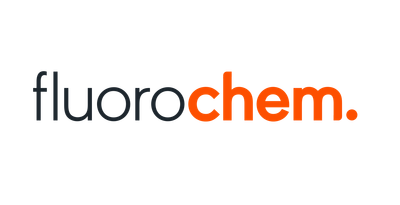
(R)-2-Amino-5-phenylpentanoic acid, 95.0%, 250mg
(R)-2-Amino-5-phenylpentanoic acid, 95.0%, 250mg
SKU F241722-250MG
€ 113,30
Powered by Lightspeed
Display prices in:EUR


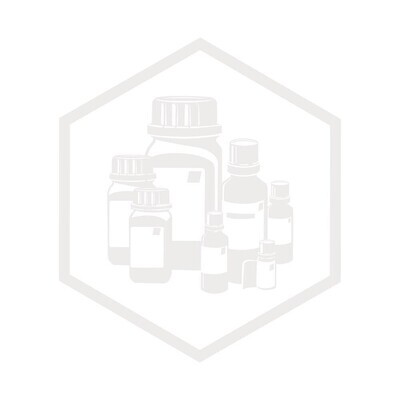
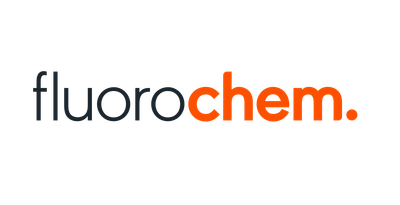
![4-[2-(trimethylsilyl)ethynyl]benzonitrile, 97%, 10g 4-[2-(trimethylsilyl)ethynyl]benzonitrile, 97%, 10g](https://d2j6dbq0eux0bg.cloudfront.net/images/88473019/4863521165.png)
